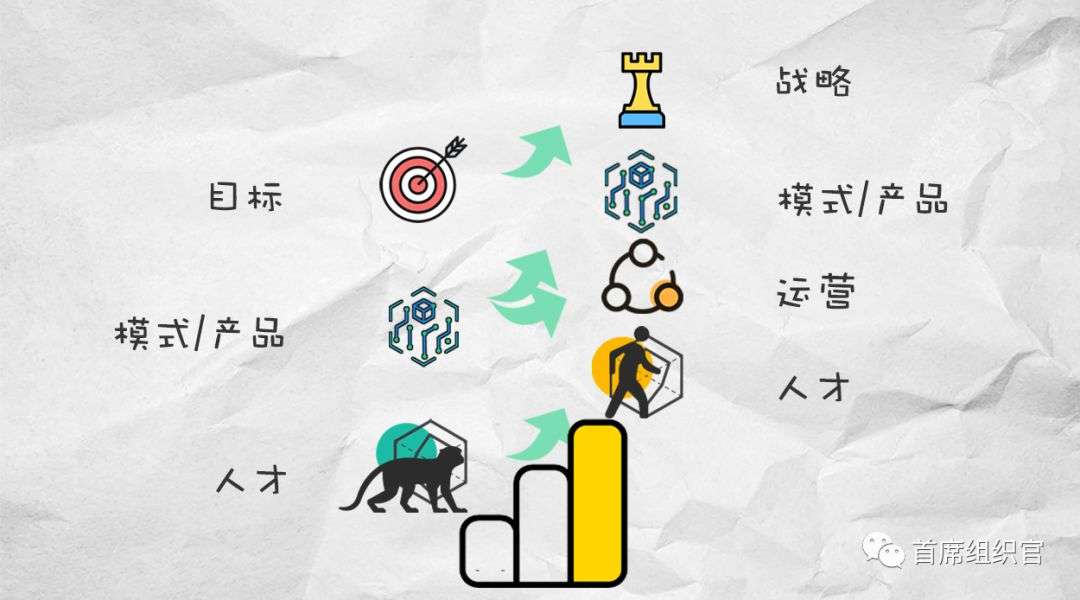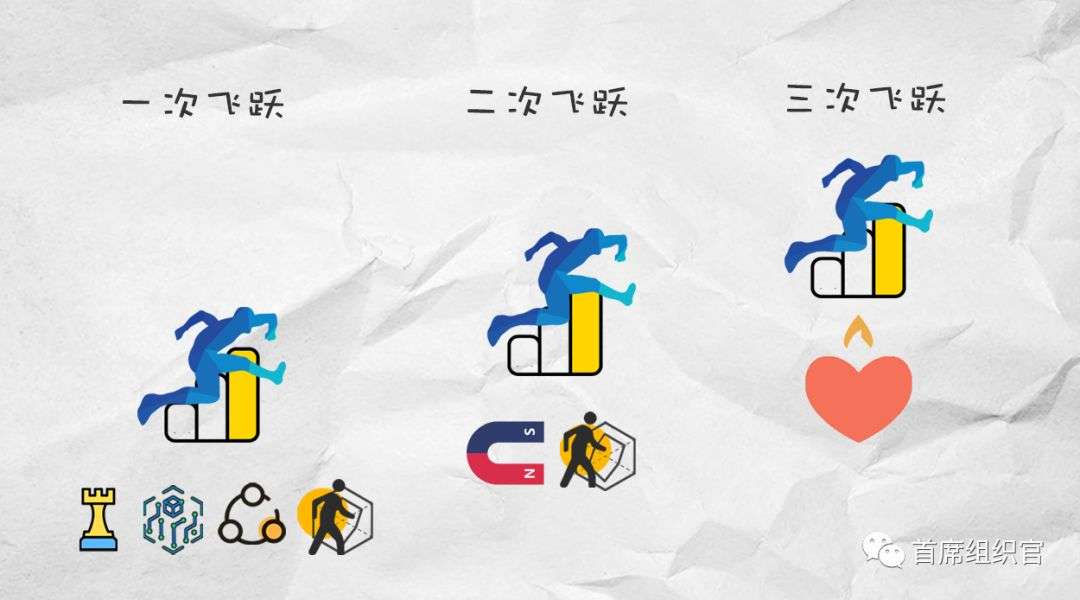Yes, competition in every industry will reach a critical stage of operation. Do you just want to do the “more” and “fast” part?
The third reason is that the founder and CEO themselves are opportunistic talents and have no sense of operation.
The leaders gathered in the leadership team are all opportunities-oriented talents, and no one wants to do operations that seem to have a relatively low return on investment. Even if such a leadership team wants to reserve the “dark line” of “operation”, it is difficult to embed it.
Even if the “dark line” of “operations” is embedded, if you are not good at managing the upgrade and iteration of the organization, it is useless to embed it, not to mention that it is not embedded at all.
Because “multiple” and “fast” are the key elements that led to the company’s previous success. The organizational inertia of “many” and “fast” is not something that can be changed by changing it.
The key to iteration is the evolution of the company’s core leadership team, especially the founder and CEO’s own capabilities.
The formula for the success of the company up to now is the three-way matching of “target”, “model/product” and “talent”. In the next stage, the company needs the formula for success: the matching of “strategy” and “model/product” and “operation” and “talent”. The three key capabilities that the core leadership team needs to evolve are: the evolution from “target” to “strategy”; the evolution from “model/product” to “model/product” + “operation”; from “talent” to “talent” Evolution.
From “target” to “strategy” is a key evolution. Before this stage of development, the strategy that many leadership teams call is actually a goal plus marketing tools. At this stage, the first thing to do is to solve the problem of survival, so basically what is sold and what can be sold. The so-called declared strategy has not yet been implemented into the next level of key choice: what product and not what product? Do differentiation or low cost? In which areas do you want to build core competitiveness? To do To B or To C or To G? What are the mission, vision and values that are mapped behind choosing what not to do? and many more.
To explain the evolution of this ability from another angle: If the company strategy is divided into development strategy, competition strategy, and operation strategy, development strategy can rely on great gods and gangs, competitive strategy can rely on gangs and teams, and operation strategy really depends on organization. At this stage, the relative relationship between operational strategy and competitive strategyAfter the merger, the company’s culture is almost shaped. Although the shaping and integration of culture runs through the process of the previous leaps, it can also be regarded as the third leap. At that time, the company has truly realized its transformation from gang to organization. After the next round of changes in the external environment, the organization will usher in a new round of iteration.

